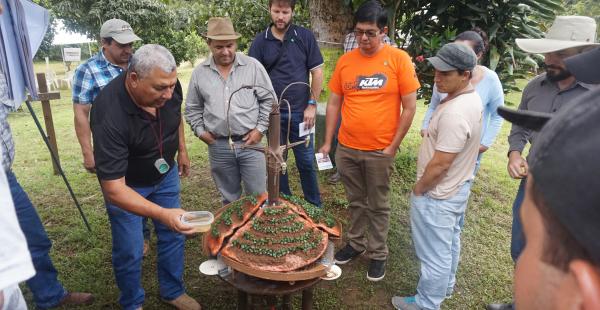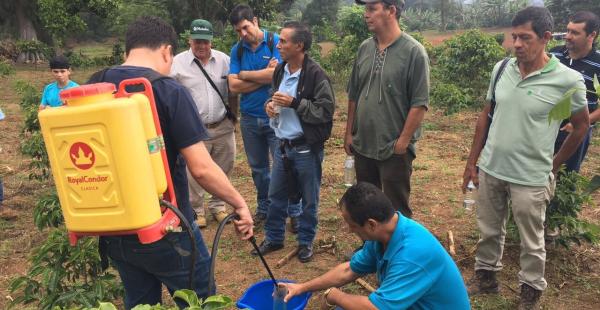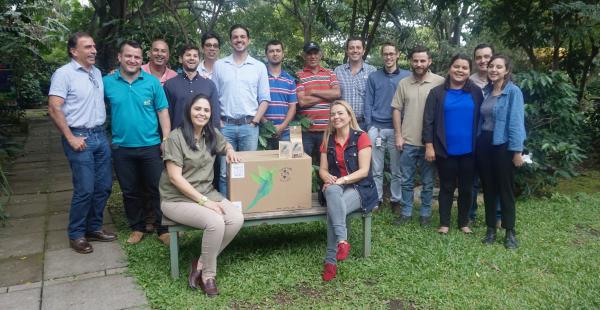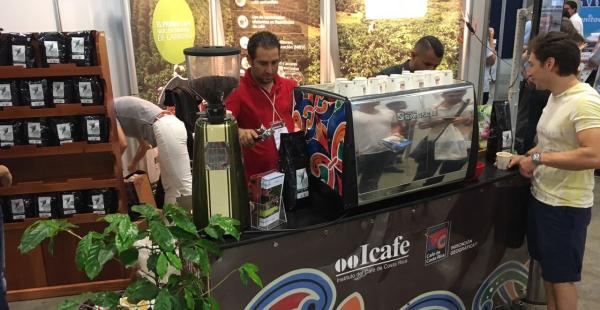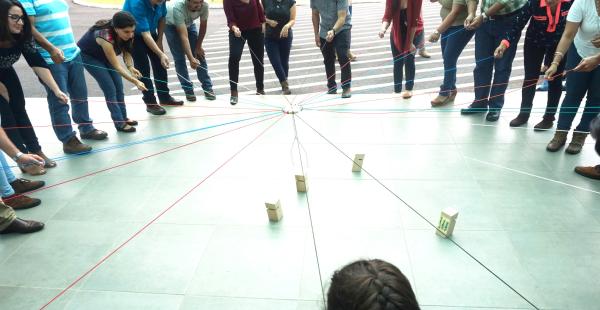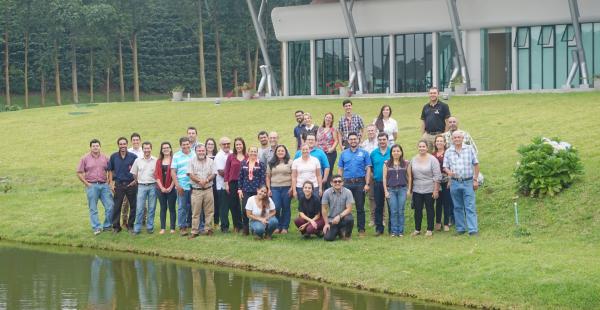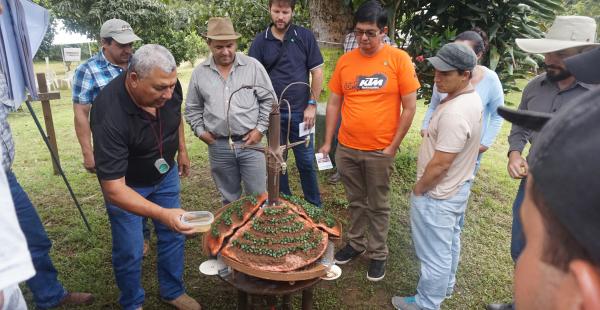
Costa Rican Coffee NAMA on its way to the first low-carbon coffee in the world
Costa Rica´s coffee harvest lasts from September to February, varying between the country´s different coffee regions. But even in the months with no harvest yet, the country´s coffee producers have been far from inactive: 50 mills and over 3,000 coffee farmers participated in a wide range of trainings and workshops offered by the Nationally Appropriate Mitigation Action (NAMA) Café de Costa Rica.
Over 3,000 farmers from all eight coffee regions in Costa Rica took part in multiple trainings on the application of Good Agricultural Practices (GAPs) on their coffee farms. While the project promotes a total of ten GAPs, not all of them are focused on GHG reduction, instead aiming for an overall sustainable coffee production in Costa Rica. Currently, the participating farmers are measuring their fertilizer use in order to establish a baseline in order to measure the impact of fertilizer optimization.
50 coffee mills are currently participating in the NAMA Café and have spent the year measuring carbon emissions generated during the coffee processing. 34 of these mills have also measured the water consumption during the entire process. This data will help develop and implement sustainable practices and technologies.
Through these activities, the NAMA Café supports the production of the first low-carbon, sustainable coffee in the world and hopes to help open doors for Costa Rican coffee producers by targeting market niches that not only prefer a certified environmentally friendly coffee, but are potentially willing to pay a higher price for it. This will create financial stability and may even secure a higher income for coffee producers. Five selected coffee mills will participate in a promotional trip to Germany in October 2017 in order to present their coffee to roasting companies.
Background
The NAMA Café is implemented by the Ministries for Environment and Agriculture and the National Coffee Institute. It receives technical and financial support from the NAMA Support Project “Low-Carbon Coffee Costa Rica” implemented by the Deutsche Gesellschaft für Internationale Zusammenarbeit (GIZ) GmbH, which aims to reach 50 coffee mills and 6,000 coffee farmers on 25,000 hectares that apply two low-emission practices or technologies. The NSP´s funding volume of US$ 7 million stems from the NAMA Facility, a joint project of the German Federal Ministry for Environment, Nature Conservation, Building and Nuclear Safety (BMUB) and the British Department for Business, Energy and Industrial Strategy (BEIS).
More information at www.namacafe.org.


